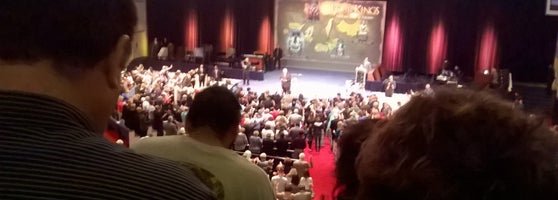


“As I leave for the annual Conference, I feel it is my duty to make the above statement, that the citizens of the city may see that we are a working people, trying to get a place of worship,” Carson wrote in the 1874 article.īut rising in opposition to this kind of growing hopefulness was a wave of violent reaction across the South. The church spent $2,300 enlarging the building, it “having become too small for the large and growing membership and congregation.” Credit: Courtesy / TAMU-SAĪnother news item in the Express in 1875 previewed the cornerstone-laying ceremony. James African Methodist Episcopal Church building. A view of 1870s Alameda Plaza near San Pedro Creek that includes the former St. James’ pastor, wrote in the Daily Express in 1874.ĭescribed as a statement to “citizens and friends of the … church,” the article listed the money the group had raised to buy the property, a former soap factory: $2,000 for the building, purchased in 1873, along with $1,102 in “incidental expenses, lights, repairing, etc.” It went on to detail salaries, traveling expenses, conference fees, and donations to the poor. This hope is evident in the words the Rev. “They’re defining what that freedom is like.” “They’re coming out of slavery into freedom,” said Latimore, who has studied Black communities during Reconstruction. James AME church, which the San Antonio Daily Express reported numbered around 200 at the time, the 1870s would have been a period of transition and hope. “That is progress that goes beyond what we can ever think of as fast progress.”įor the congregants of the young St. “Imagine being a slave in one year and a couple years later entering the halls of Congress,” said Carey Latimore, associate professor of history at Trinity University, who serves on the San Pedro Creek Citizens Advisory Committee.


 0 kommentar(er)
0 kommentar(er)
